According to information released by the Japanese Ministry of Defense on October 8, the destroyer JS Ariake of the Japan Maritime Self-Defense Force (JMSDF) recently conducted a joint exercise with the supply ship INS Shakti of the Indian Navy in the Bay of Bengal.
According to analysis from the military news site Armyrecognition, India and Japan share concerns about the growing presence of the Chinese Navy in both the Indian Ocean and the Pacific . Both countries see China’s aggressive territorial expansion, especially in the South China Sea and the East China Sea, and its broader strategy to expand its influence across the Indo-Pacific region.
 |
| Japan's Murasame-class destroyer JS Ariake and India's Deepark-class supply ship INS Shakti. (Photo source: Japan's Ministry of Defense) |
For India, China's “String of Pearls” strategy, which includes building partnerships and setting up naval facilities in countries like Sri Lanka, Pakistan and Myanmar, is seen as an attempt to encircle India and limit its influence in the Indian Ocean.
China’s increased naval deployments, including submarines, in the Indian Ocean have added to India’s concerns. In response, India has stepped up maritime surveillance and stepped up cooperation with allies, especially Japan, to counter Chinese activities.
Likewise, Japan faces direct threats from China, particularly regarding the disputed Senkaku Islands (known as Diaoyu in China). China’s actions in the East China Sea and its growing military capabilities have prompted Japan to bolster its defenses, particularly in its southwestern islands, and to strengthen its security partnerships, particularly through the Quad alliance, which includes India, Japan, the US and Australia.
Both countries have responded to these threats by increasing military cooperation. India and Japan recently signed a 10-year military pact that will allow for greater coordination between their armed forces, especially in naval operations.
The pact is seen as a strategic move to counter China’s assertiveness and part of a broader effort to strengthen the Quad as a counterweight to China in the region. The two countries regularly conduct joint naval exercises, such as the “Malabar” exercises, to improve interoperability and readiness to counter potential Chinese threats.
Not only this, India and Japan have also recently stepped up their naval defense cooperation, focusing on key technology transfers and joint development projects. At the heart of these efforts is Japan’s decision to export its “UNICORN” stealth antenna system to India, marking a significant step forward in the defense relationship between the two countries.
The UNICORN system, officially known as the Unified Complex Radio Antenna, integrates various communications and radar functions to enhance the stealth capabilities of naval vessels. The equipment, initially used on Japan's Mogami-class destroyers, will be installed on several ships of the Indian Navy.


![[Photo] Flooding on the right side of the gate, entrance to Hue Citadel](https://vphoto.vietnam.vn/thumb/1200x675/vietnam/resource/IMAGE/2025/10/28/1761660788143_ndo_br_gen-h-z7165069467254-74c71c36d0cb396744b678cec80552f0-2-jpg.webp)


![[Photo] Hue: Inside the kitchen that donates thousands of meals a day to people in flooded areas](https://vphoto.vietnam.vn/thumb/1200x675/vietnam/resource/IMAGE/2025/10/29/1761738508516_bepcomhue-jpg.webp)
![[Photo] National Assembly Chairman Tran Thanh Man received a delegation of the Social Democratic Party of Germany](https://vphoto.vietnam.vn/thumb/1200x675/vietnam/resource/IMAGE/2025/10/28/1761652150406_ndo_br_cover-3345-jpg.webp)
![[Photo] Prime Minister Pham Minh Chinh chaired a meeting to discuss solutions to overcome the consequences of floods in the central provinces.](https://vphoto.vietnam.vn/thumb/1200x675/vietnam/resource/IMAGE/2025/10/29/1761716305524_dsc-7735-jpg.webp)
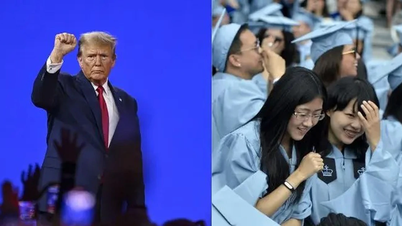





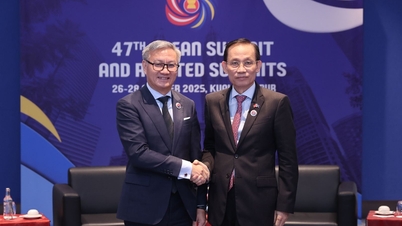
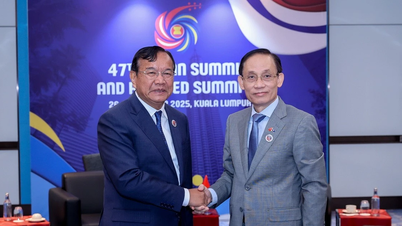

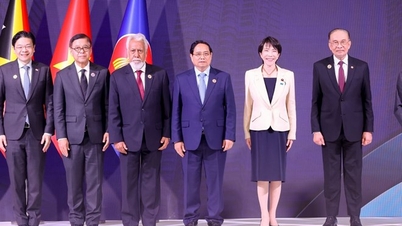













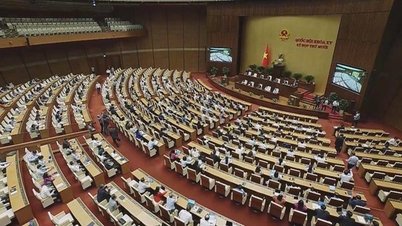

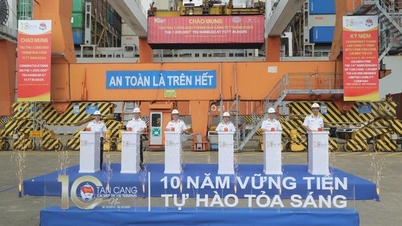





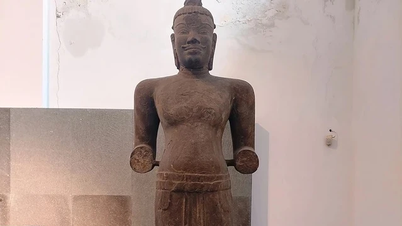

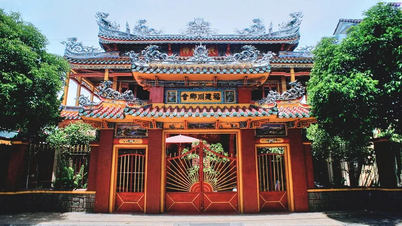

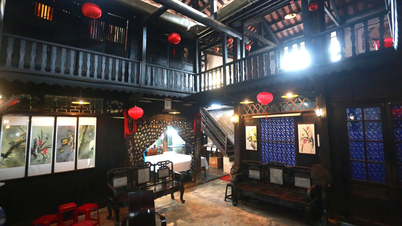
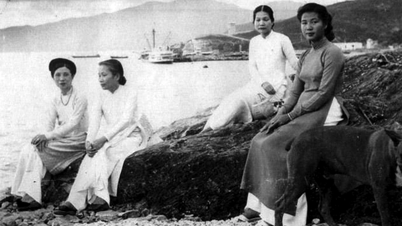
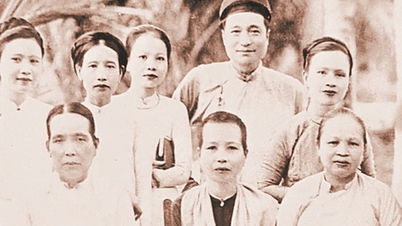






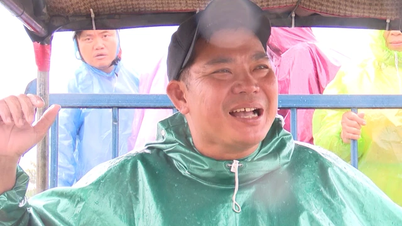


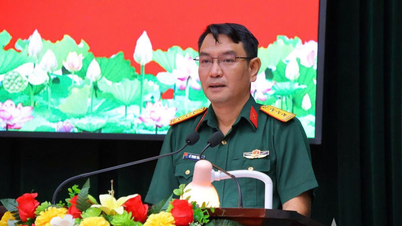
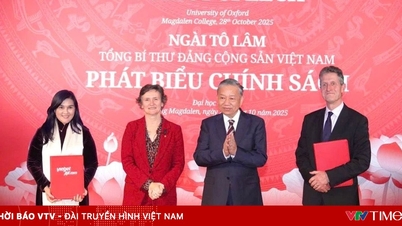

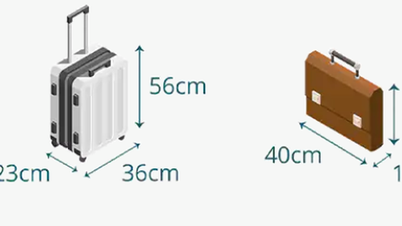



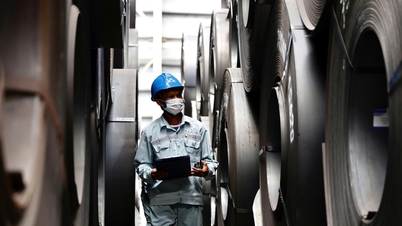


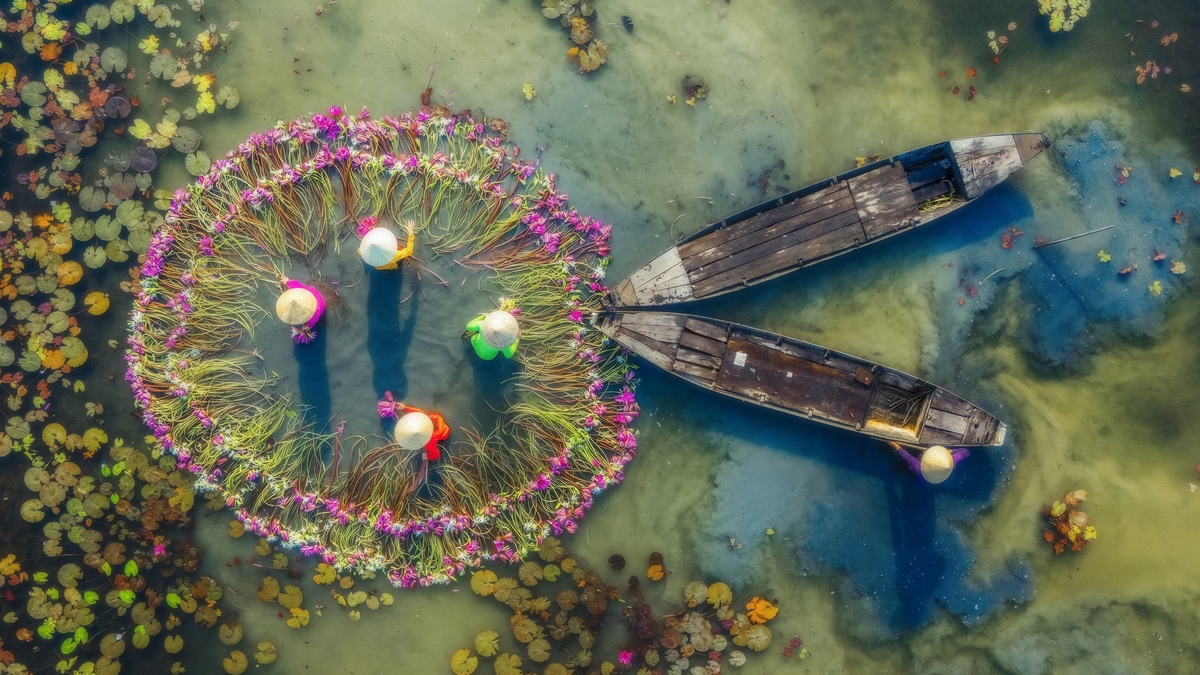



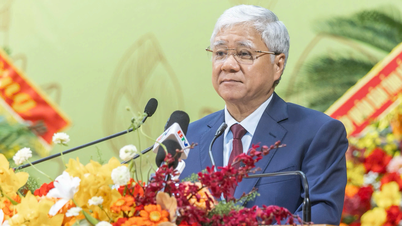
![[Infographic] Vietnam's socio-economic situation in 5 years 2021-2025: Impressive numbers](https://vphoto.vietnam.vn/thumb/402x226/vietnam/resource/IMAGE/2025/10/29/1761730747150_anh-man-hinh-2025-10-29-luc-16-38-55.png)


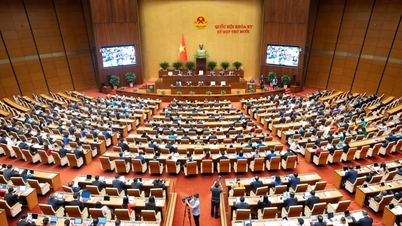
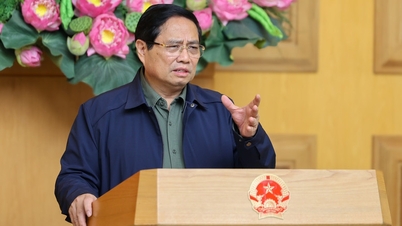
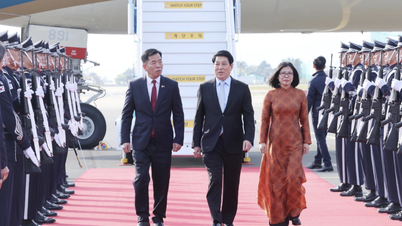
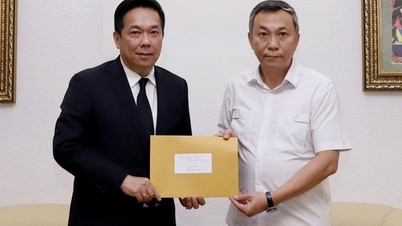


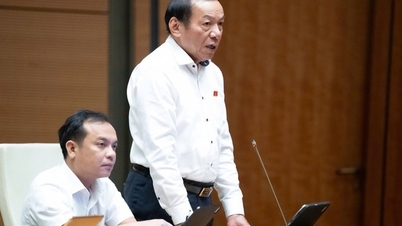
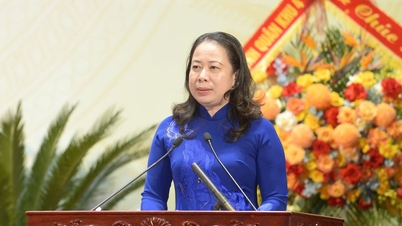

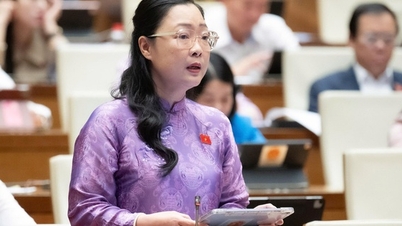
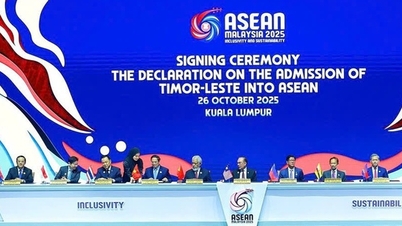
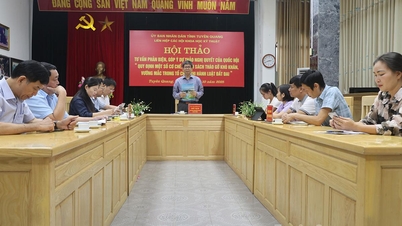



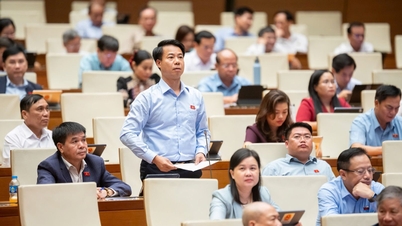

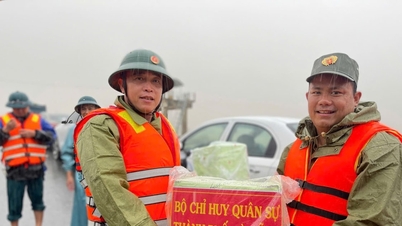

















Comment (0)